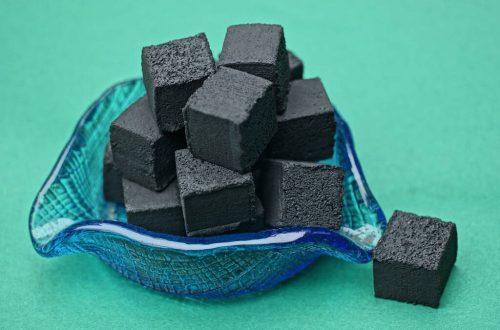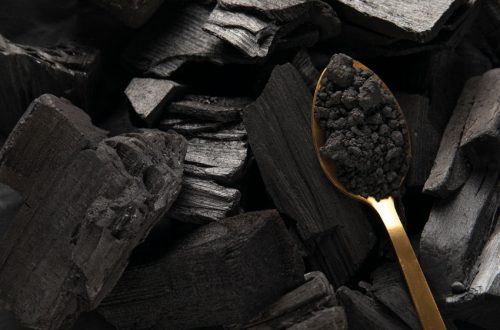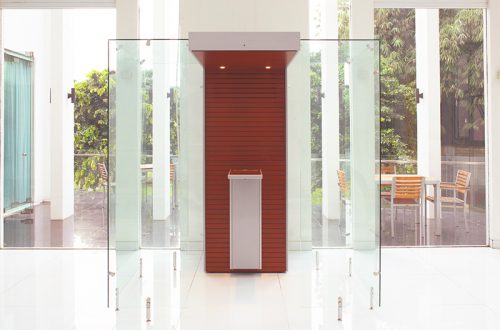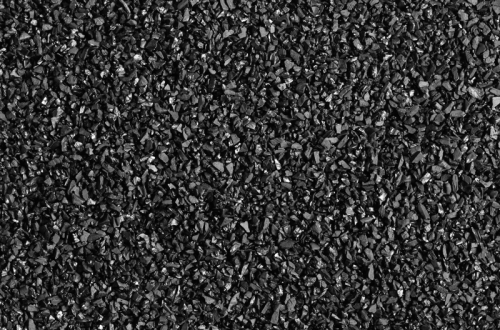-
Buying a water purification system
In the last decade, the number of products designed to reduce contaminants in tap water has expanded significantly. In this article, I summarized a quick lesson on home water purification systems. Know the TASTE. Does your water taste funny or smell bad? Does it look reddish or leave Look for products that tackle specifically your problem.Filters reduce chemical contaminants, some metals, parasites, sediment. Provide about 1/2 to 1 gallon of water a minute. DEVICE. Choose a style that fits your needs: Pitchers with : Inexpensive. No installation; frequent filter changes (every 40 gallons). Faucet devices: Faucet with builtin filter — may require pro to install; filter changes every 100 gallons…
-
How to Remove Dust from the Air?
Dust in the air can worsen air flows and lead to more problems. The best way to remove these dust particles is with an air purifier. Here are some features to look for when selecting the appropriate air purifier. Air Filters There are a variety of filters available. The HEPA (High Efficiency Particulate Air Filters) are most recommended for their ability to remove small particles from the air. HEPA filters are also very useful for households with allergy and asthma problems. Performance Of course, you want to ensure that the purifier is able to capture as much dust from the air as possible. Check the label carefully to determine the…
-
How to purify your water
What is the best way you think to make your water clean? You may think that boiling is pretty much enough to kill all the bacteria. Well, you could just boil the water but this wouldn’t get the sand and other particles out of the water. So the best way purify your water is to use a filter. It gets the particles, dirt and some of other “unseen” chemicals out of your water. You can try homemade a simple water filter. Use an empty bottle and turn the bottle upside down (with the cap down down). Then fill in the bottle with the materials in this order: – pebbles – Sand…
-
How Often Should I Change My Refrigerator Water Filter?
If your refrigerator dispenses water, chances are it uses a water filter. And if it’s been a long time since you’ve replaced it, the inside of it may be clogged with some of the gunk. Changing your refrigerator water filter is the kind of routine maintenance that can be easily be ignored, but just like the oil in your car, it’s important to keep a regular schedule. Most manufacturer guidelines recommend that you replace your water filters every six months. Of course, these guidelines are just for broad situations – rather than your specific situation. If your family uses a heavier than average amount of water, your filter could expire…
-
Pregnancy and Asthma. What’s the solution?
Air pollution poses serious health risks to pregnant women and their babies. Pollution particles in the air, chemicals, gases and other air contaminants can affect birth weight and cause other health problems for mothers and babies. Don’t panic. Most (though not all) of the airborne contaminants associated with air purifier can be controlled in the indoor environment by using a high-quality air purifier. Particle air pollution, paint fumes and volatile organic compounds (VOCs) and other forms of pollutants can be controlled indoors through the use of a reliable air purifier. Pregnant women and new mothers who live in areas with high levels of air pollution, for example, near a freeway…
-
Why Active Carbon Water Filter
Is Your Best Choice What’s activated carbon block water filter? How it works and how to choose among options for your specific needs? During water filtration, Activated carbon is often the media used to remove contaminants and impurities. Carbon is probably the most efficient absorbent known to man, and it is unique because of its thousand tiny pores that can absorb. The carbon is positively charged to attract negatively charged impurities such as chlorine, chemicals and volatile organic compounds (VOCs). Most carbon water filters are either made with granular activated carbon (GAC), or powdered block carbon material. Activated carbon water filters are rated by the size of contaminants they remove.…
-
Should I use carbon filtration in freshwater aquariums?
Using carbon filtration in freshwater aquariums has become one of the hot trends nowadays. However, it’s at the same time a heated controversy. As a spectator, I want to cleat that carbon use is optional and it’s always a personal choice. I have tanks that use carbon and those that don’t. This article is my experience that provides some details about the use of carbon, which may allow aquarists like you to decide if carbon filtration is worth trying or not. Compared to carbon-zero tanks, I realized that carbon removes dissolved organics and toxins. It does it via two ways, adsorption and catalytic reduction. In general, organic particles are removed…
-
Which type of GAC filter system do I need?
A filter with granular activated carbon (GAC) is a proven solution to remove certain chemicals (in particular organic chemicals) from water. There are commonly two types of GAC filter system, including a whole-house filter or a point of use filter. Each system has its own features and is used in different applications. Sounds confusing? Don’t worry. Here it’s a guide for to find out your Mr. Filter. There are several factors to consider: The type and amount of contaminants in the water, Other chemicals in the water, Water use, and Exposure pathways that need to be eliminated. For those who have no clue about exposure pathways, exposure pathways are the…
-
Activated Carbon and Air Filters
Activated carbon is carbon that has been treated with oxygen. After the treatment, millions of tiny pores are activated on the carbon’s surface. Amazingly, these pores are so numerous that a single pound of activated carbon may provide 60 to 150 acres of surface area to trap pollutants. Once carbon has been activated, it can remove a bunch of airborne chemicals, for example, alcohols, organic acids, aldehydes, sulfur dioxide, sulfuric acid, and phosgene. It also removes odours, whether they are from humans or animals. It also removes perfumes, other household cleaning chemicals, and is especially good at removing volatile organic compounds (VOCs). Activated Carbon and Filters The trick lies on…
-
Activated Carbon & Water Filters
Carbon is a substance that has a long history of being used to adsorb impurities and is perhaps the most powerful adsorbent known to man. One pound of carbon contains a surface area of roughly 125 acres and can adsorb literally thousands of different chemicals. Activated carbon is carbon that is electro-positively charge, making it even more attractive to chemicals and impurities. As the water passes over the positively charged carbon surface, the negative ions of the contaminants are drawn to the surface of the carbon granules. Activated carbon filters used for home water treatment typically contain either granular activated carbon (GAC) or powdered block carbon. Although both are effective,…

















